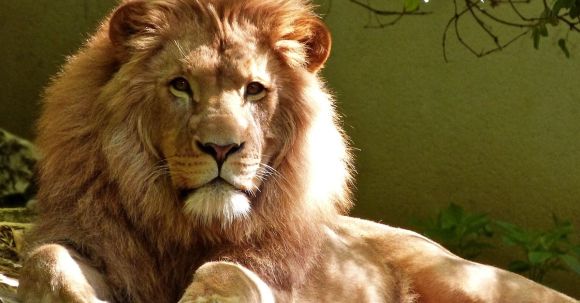In the animal kingdom, social hierarchies are common and often play a crucial role in determining an individual’s status and access to resources. From lions in the savannah to ants in an anthill, animals form complex social structures that are governed by a dominant individual, known as the alpha. But what drives the formation of these animal alphas and hierarchies? In this article, we will explore the factors that contribute to the establishment of social dominance in the animal world.
Competition for Resources
One of the primary drivers behind the formation of animal alphas and hierarchies is the competition for resources. Whether it is food, mates, or territory, animals must compete with one another to secure their share of these valuable resources. The dominant individual, or alpha, is often the strongest and most successful at acquiring these resources, which allows them to maintain their position at the top of the hierarchy.
Mating and Reproductive Success
Another important factor in the formation of animal alphas and hierarchies is mating and reproductive success. In many species, the alpha male or female has greater access to mates and is more successful in reproducing compared to other individuals. This reproductive advantage allows the alpha to pass on their genes to the next generation, further solidifying their position of dominance within the social group.
Physical Strength and Aggression
Physical strength and aggression are often key characteristics of animal alphas. In many species, dominance is established through displays of strength and aggression, such as fights or aggressive posturing. The alpha is typically the strongest and most aggressive individual in the group, which allows them to intimidate and assert their dominance over others.
Social Learning and Experience
Social learning and experience also play a role in the formation of animal alphas and hierarchies. In some species, individuals learn from observing and interacting with others in their social group. This learning process allows them to develop strategies and behaviors that increase their chances of success and dominance. Older, more experienced individuals may also have an advantage in establishing themselves as alphas, as they have accumulated knowledge and skills over time.
Genetic Factors
Genetics can also contribute to the formation of animal alphas and hierarchies. In some species, certain genetic traits may confer a competitive advantage, such as increased size, intelligence, or aggression. These advantageous traits can help individuals rise to the top of the social hierarchy and become the alpha.
Environmental Factors
Lastly, environmental factors can influence the formation of animal alphas and hierarchies. The availability of resources, the presence of predators, and the overall habitat conditions can all impact the social dynamics within a population. For example, in times of scarcity, competition for limited resources may intensify, leading to a more pronounced social hierarchy.
In conclusion, the formation of animal alphas and hierarchies is driven by a combination of factors, including competition for resources, mating and reproductive success, physical strength and aggression, social learning and experience, genetic factors, and environmental conditions. Understanding these factors can provide valuable insights into the complex social dynamics that exist within the animal kingdom.





